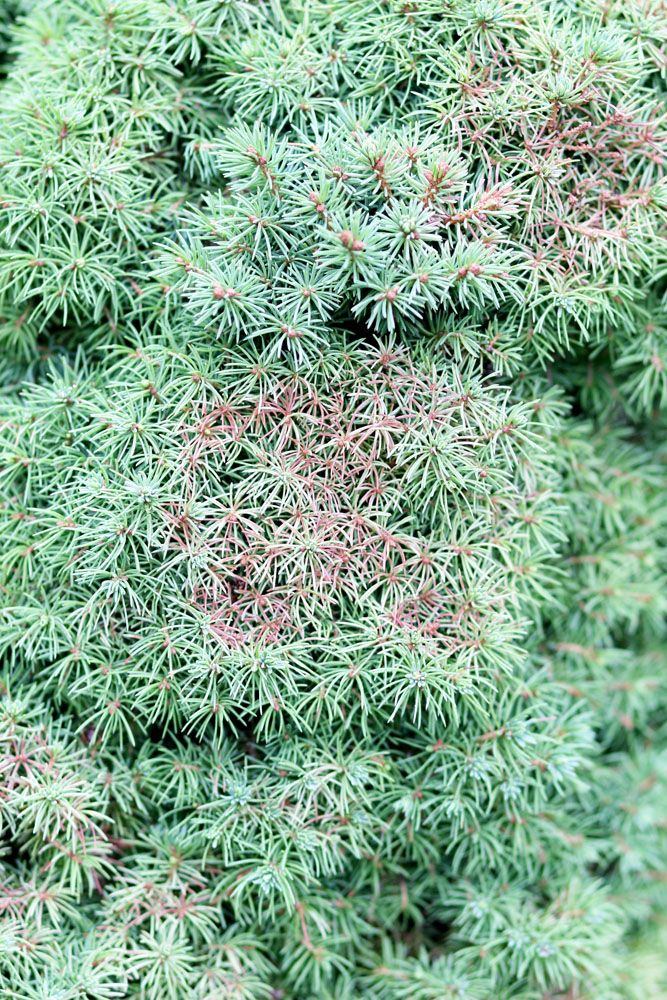
Spruce Spider Mite – Oligonychus ununguis
Spruce Spider Mite – Oligonychus ununguis
Common Name: Spruce Spider Mite
Latin Name: Oligonychus ununguis
Appearance:
- Mites are not insects but rather arachnids. Adults are incredibly tiny and have eight legs (0.58 mm long).
- Their bodies are dark green to nearly black, with a pale streak down the center of the back. Males have a rounder abdomen than females.
- The eggs are golden to reddish-brown, spherical (0.2 mm in diameter), and have a spike that keeps them attached to the webbing. After hatching, the eggs hatch into six-legged larvae that change from pink to green.
- The larvae develop into eight-legged nymphs (0.3 to 0.4 mm long) that look like adults.
Host plant:
All conifers, especially spruce and Fraser, Canaan, and balsam firs
Territory:
Oligonychus ununguis (spruce spider mite) is a mite species found across the Northern Hemisphere’s temperate areas.
Damages caused by Spruce Spider:
Mites suck on the elder needles of trees, generating tiny stippling that worsens until the foliage lacks chlorophyll and appears bleached. Infested foliage becomes yellowish or brownish, and many needles drop. The lower crowns of big trees suffer the most damage. Seedlings and tiny trees are frequently destroyed, while huge trees are killed in certain circumstances. The mites produce thin silk webbing around twigs and needles that grows in abundance as the season continues. The most serious damage occurs in the spring and fall. Although mite populations increase most in mild weather, hot, dry weather makes trees more vulnerable to assault.
Life history and habits:
Every year, five to eight generations take place. Eggs are laid on the undersides of twigs and needles to overwinter. Eggs hatch in mid-April, and multiple generations of mites may develop before the hot summer heat arrives in late June. Mite activity resumes in late September and continues until the arrival of winter conditions in November. One generation may take as little as ten to fourteen days. Wind currents, adults crawling from tree to tree, and nursery stock can all disseminate mites.
